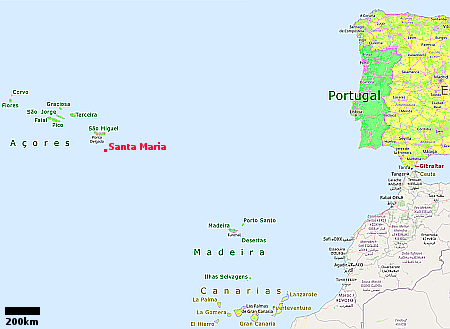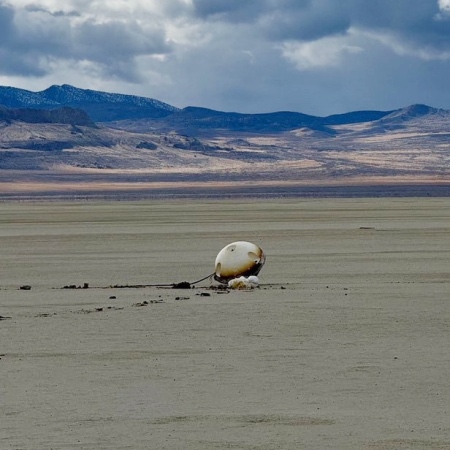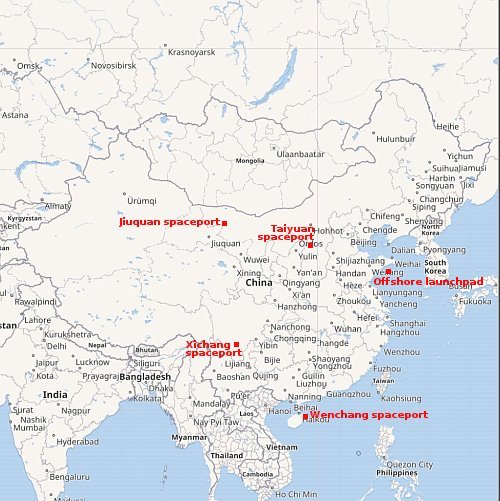Spanish rocket startup PLD unveils a proposed family of rockets plus crew capsule
The Spanish rocket startup PLD this week unveiled a proposed family of rockets to follow its Miura-5 rocket, set to launch for the first time in 2025.
The three rockets introduced were the Miura Next, Miura Next Heavy, and Miura Next Super Heavy, all based on a system or modular building blocks. Miura Next will be the base of the modular system will be a single-stick two-stage rocket. Miura Next Heavy will feature two boosters and Miura Next Super Heavy will feature four boosters. The boosters will have a shared architecture with the rocket’s core stage. The first stages and boosters will all feature a propulsive recovery capability.
The smallest of the three rockets will be capable of delivering up to 13,580 kilograms to low Earth orbit, while the most powerful will have the capacity to deliver 53,000 kilograms.
This design concept essentially follows the approach that SpaceX used to develop the Falcon Heavy from the Falcon 9, and saves a great deal of money by using what the company has already developed as part of the larger rocket.
The crew capsule, dubbed Lince, is conceived at this company’s version of Dragon, capable of launching either cargo or 4 to 5 astronauts to any one of the proposed commercial space stations under construction. Capsule drop tests will begin in 2025, with the first launch abort tests in 2028 aiming for the first orbital flight by 2030.
The Spanish rocket startup PLD this week unveiled a proposed family of rockets to follow its Miura-5 rocket, set to launch for the first time in 2025.
The three rockets introduced were the Miura Next, Miura Next Heavy, and Miura Next Super Heavy, all based on a system or modular building blocks. Miura Next will be the base of the modular system will be a single-stick two-stage rocket. Miura Next Heavy will feature two boosters and Miura Next Super Heavy will feature four boosters. The boosters will have a shared architecture with the rocket’s core stage. The first stages and boosters will all feature a propulsive recovery capability.
The smallest of the three rockets will be capable of delivering up to 13,580 kilograms to low Earth orbit, while the most powerful will have the capacity to deliver 53,000 kilograms.
This design concept essentially follows the approach that SpaceX used to develop the Falcon Heavy from the Falcon 9, and saves a great deal of money by using what the company has already developed as part of the larger rocket.
The crew capsule, dubbed Lince, is conceived at this company’s version of Dragon, capable of launching either cargo or 4 to 5 astronauts to any one of the proposed commercial space stations under construction. Capsule drop tests will begin in 2025, with the first launch abort tests in 2028 aiming for the first orbital flight by 2030.






